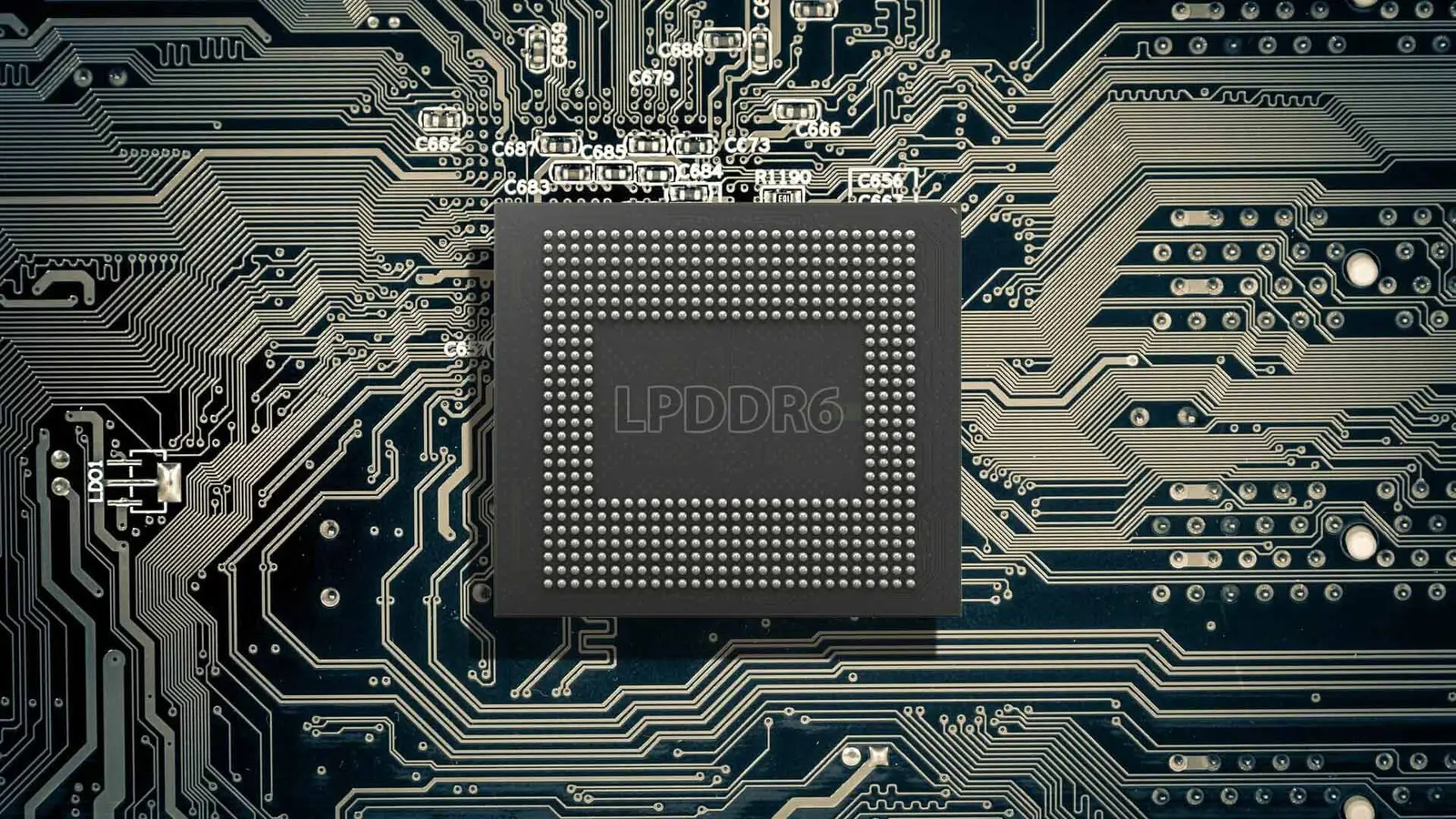3 Minutes
Expect a price bump for high-end phones in 2026. Rising LPDDR6 DRAM costs combined with premium TSMC 2nm wafer fees threaten to push next-gen flagships into higher price brackets — and only a handful of silicon chips may get the fastest memory.
LPDDR6 likely to stay a pro-level perk
Chinese leaker Digital Chat Station claims LPDDR6 will be scarce next year, reserved mainly for pro-tier mobile platforms. That means only top variants such as the rumored Snapdragon 8 Elite Gen 6 Pro are likely to ship with LPDDR6, while mainstream or lower-end versions will stick with older memory. MediaTek’s Dimensity 9600, according to the same leak, may ship in just one configuration that determines whether it gets the new DRAM.
Why does this matter? LPDDR6 promises higher bandwidth and efficiency — great for AI workloads, gaming and future features — but early supply and higher unit costs can keep it exclusive. Samsung and other memory makers are showcasing LPDDR6 tech at trade shows, and Chinese manufacturers are expected to ramp production, which could ease prices later on. Still, that relief might not arrive in time for 2026 launches.
TSMC’s 2nm wafers add another expensive layer
Memory is only part of the story. Qualcomm and MediaTek will also face steep foundry bills: wafer runs on TSMC’s 2nm node are costly. Industry whispers put per-wafer costs in the tens of thousands of dollars, forcing chipmakers to choose between slimmer margins or higher retail prices for partner OEMs.

There’s another nuance: Qualcomm and MediaTek reportedly plan to use TSMC’s N2P variant, which offers a modest ~5% performance gain over the baseline N2 node. Apple, by contrast, is expected to stick with N2 for its A20 series. That small edge may be worth it to Qualcomm and MediaTek as a marketing point — but it comes at a price that could show up on your phone bill.
When might consumers see relief?
Analysts and leaks suggest DRAM prices could start to ease in 2027, which would make LPDDR6 more affordable for broader device tiers. If that happens, chips like a hypothetical Snapdragon 8 Elite Gen 7 or Dimensity 9700 could arrive with next-gen memory without the same premium sticker. Until then, expect 2026 flagships to be the primary homes for LPDDR6 and for manufacturers to weigh margins carefully.
What this means for buyers and OEMs
- For consumers: flagship phones with the latest memory and slightly improved silicon may cost more in 2026.
- For OEMs: partners will need to decide whether to absorb costs or pass them to buyers, risking higher retail prices.
- For the market: broader adoption of LPDDR6 depends on increased production and falling DRAM costs, which could normalize pricing by 2027.
In short, LPDDR6 and 2nm manufacturing are poised to shape the flagship landscape next year. Expect premium features to carry premium prices — at least until supply and costs stabilize.
Source: wccftech


Leave a Comment